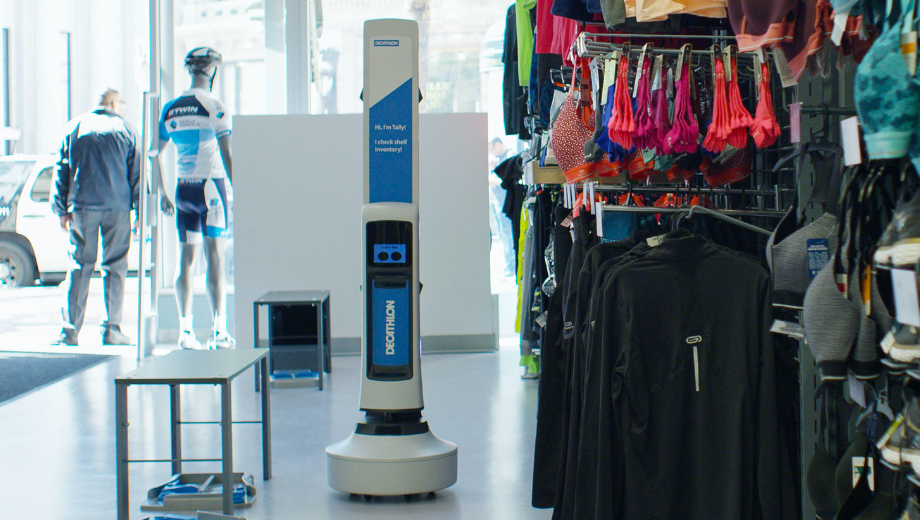Thinking of Retail’s Big Show in New York in January and EuroShop in Düsseldorf, in March, the first quarter of the year traditionally is Smartrac’s “main retail events season.” That is the perfect time to contemplate the future of retail that looks set to be crucially affected by aspects we are directly or indirectly involved in.
Retail’s Big Show likes it big: When looking back at 2016’s event, its organizer titled its retrospective view “Life-Changing Technologies”. As if changing retail wouldn’t be enough of a task. The rationale behind the spectacular headline might be the insight that today’s great technological revolutions are influencing retailers as much as they are influencing everybody and everything else.
Take some artificial intelligence…
One of these technologies is AI – Artificial Intelligence. AI pioneer Sentient Technology, whose co-founder and chief scientist was the mastermind behind Apple’s assistant SIRI, is engaged in the impact artificial intelligence is having on retail websites. “The e-commerce conversion rate is 3 percent,” Sentient’s CMO Jonathan Epstein said during an NRF panel at this year's event. “We’d shut down a store with those statistics. AI can solve that problem.”
According to Epstein, the problem with retail websites is that they have not evolved significantly in the past decade. They are usually built with a hierarchical decision tree structure that requires the consumer to patiently stick to the structure to find the products wanted. In contrast, artificial intelligence applications query the shopper and quickly narrow the range of products offered, hence accelerating and personalizing this process*. Websites using AI personalization, Epstein said, can reach 40 percent conversion rates and 16 percent increases in basket size.
…Add a dash of wearables…
The second technology is wearables. Though not a novelty per the most stringent standards – your good old wristwatch could rightfully be called a “wearable timekeeping device” – wearables with a larger and more innovative scope of functions are part of "a macro trend where computing is diverging from smart phones and moving onto the body“, as market intelligence firm Tractica wrote in 2016. Driven by sensors, machine learning, big data analytics, and the demand for innovative user interfaces, wearables in general are facing a bright future, and body wearables such as smart clothing, which Tractica considers "the ultimate wearables“ are right on the doorstep: embedding RFID is the first step, using future "smart fabric" will be a another one.
…and season with data
The third technology is Big Data. Generally considered “the new oil”, data is expected to transform every industry. As Intel’s CEO Brian Krzanich expressed in a keynote speech during Retail’s Big Show 2017, it will impact retail in three specific ways: re-inventing the in-store experience, utilizing the power of data analytics and then creating what Intel calls the “store of the future.” That store will be characterized by a personalized customer experience which is based on knowledge of the customers’ preferences, behavioral patterns and interactions with products in stock.
How Smartrac contributes to the flavor
Improving conversion rates, connecting “things” like apparel and providing enhanced, personalized consumer experience: If you take a closer look at the major topics and messages being discussed in the retail industry, you sure find many reference points to Smartrac – its RFID technology as well as its solutions Metrics and Experiences for retail stores and brand owners. It is Smartrac’s concept of embedding intelligence into products and making them connectable that plays a very important role in the context of “retail-changing technology”.



